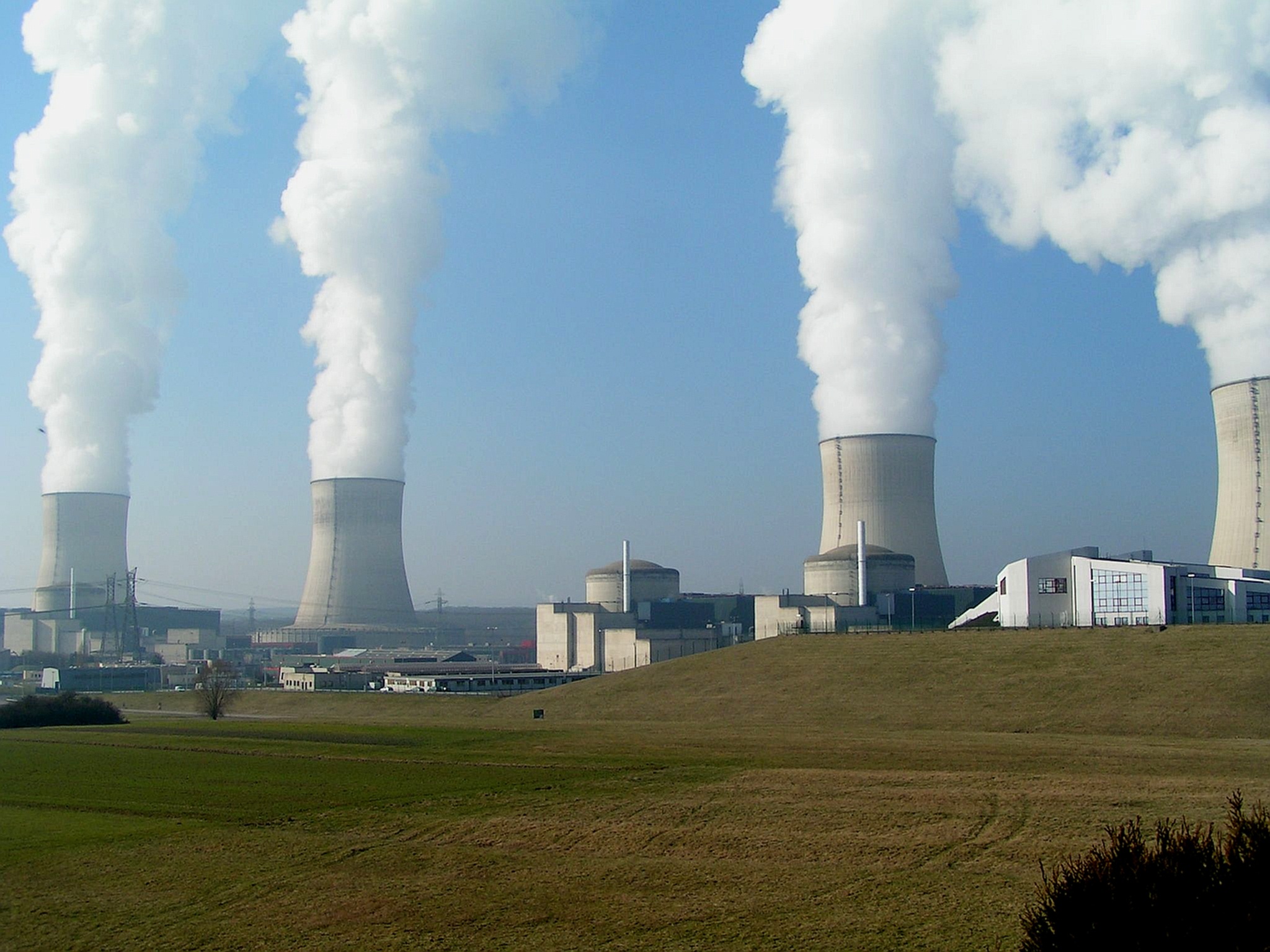Nuclear reactions and ordinary chemical reactions occupy distinct realms within the broader landscape of physical sciences. While both processes involve the transformation of substances, their underlying mechanisms, consequences, and energy scales differ dramatically. This article seeks to examine the fundamental distinctions and interrelations between nuclear and chemical reactions, thereby fostering a deeper appreciation for their respective roles in the universe.
At the most fundamental level, the distinction between nuclear reactions and chemical reactions lies in the entities that undergo transformation. Chemical reactions involve the rearrangement of electrons in the outer shells of atoms. For example, when hydrogen and oxygen react to form water, the bonds between atoms are formed or broken, but the atomic nuclei themselves remain unaltered. In contrast, nuclear reactions entail changes in the nucleus of the atom. This may involve the emission or absorption of particles, such as protons or neutrons, resulting in the transmutation of one element into another. For instance, in nuclear fission, a heavy nucleus splits into lighter nuclei, releasing a substantial amount of energy in the process.
The energy scales of these two reaction types further exemplify their differences. Chemical reactions typically encompass energy changes on the order of a few electron volts (eV), which can be observed in the form of heat, light, or sound. Conversely, nuclear reactions are characterized by energy changes that transcend this scale, often reaching millions of electron volts. Such pronounced energy release in nuclear reactions is attributable to the strong nuclear force, which governs the interactions within an atomic nucleus. The binding energy associated with these forces is substantially greater than the energies involved in chemical bond formation. Therefore, the energy released in a nuclear reaction is, by orders of magnitude, vastly superior to that found in chemical processes.
Moreover, the nature of the particles involved in each type of reaction is notably different. In chemical reactions, atoms retain their identity, merely altering their connections to form new products. However, in nuclear reactions, the identity of the elements can change. For example, through beta decay, a neutron can be transformed into a proton, converting one element into another, an event that has no analog in chemical reactions. This characteristic of nuclear reactions also accounts for their applications in fields such as medicine, power generation, and isotopic dating.
Another intriguing aspect to consider is the role of catalysts. In chemical reactions, catalysts are substances that speed up reactions without being consumed by them. This process is entirely absent in nuclear reactions, where the fundamental principles governing the stability and decay of nuclear particles do not lend themselves to catalysis. The inertness regarding catalysts in nuclear processes signifies a deeper truth: nuclear stability is governed largely by intrinsic properties of the particles involved, rather than external factors like concentration or temperature, which can greatly affect chemical reactions.
Taking a closer look at the societal and scientific perceptions surrounding these forms of reactions reveals further nuances. Chemical reactions are frequently experienced in daily life, from cooking to combustion, leading to an intrinsic familiarity and fascination with their observable effects. Conversely, nuclear reactions often reside in the shadows of public consciousness, predominantly associated with energy production and the specter of catastrophic failure, as evidenced by historical events such as Chernobyl and Fukushima. This juxtaposition between ordinary and extraordinary reactions raises important considerations regarding public understanding and the communication of scientific principles.
Nonetheless, nuclear reactions also share fascinating applications with their chemical counterparts. The development of nuclear medicine, for instance, leverages nuclear reactions to diagnose and treat illnesses using radioactive isotopes. By exploiting the principles underlying atomic decay, healthcare professionals can utilize these reactions to visualize processes in the human body or target malignant cells. Furthermore, advancements in nuclear energy present a compelling case for the role of nuclear reactions in addressing global challenges such as climate change. Here, the ability to harness energy density associated with nuclear fission stands in stark contrast to the limitations of fossil fuels.
Additionally, the study of nuclear chemistry serves to bridge the gap between chemical and nuclear phenomena. This interdisciplinary field explores how nuclear processes influence chemical systems and vice versa. For instance, the study of radiochemical reactions investigates the behavior of radioactive substances in chemical contexts, shedding light on the complexities at the intersection of these two domains. The growing interconnectivity between chemistry and nuclear physics underscores the necessity of a holistic understanding of matter at both atomic and subatomic levels.
In conclusion, while nuclear reactions and ordinary chemical reactions may appear to belong to disparate domains, they are ultimately part of the grand tapestry of physical interactions that dictate the behavior of matter. The separation of these processes into bases of energy, particle identity, and societal perception reflects deeper philosophical inquiries about the nature of change and stability in our universe. As scientific understanding evolves, so too will the dialogue surrounding these reactions, continuing to inspire awe and curiosity in the fundamental processes that govern both the microscopic and macroscopic realms of existence. It is this intersection of knowledge that fosters fascination and encourages the exploration of the mysteries that lie within the atomic nucleus and beyond.












